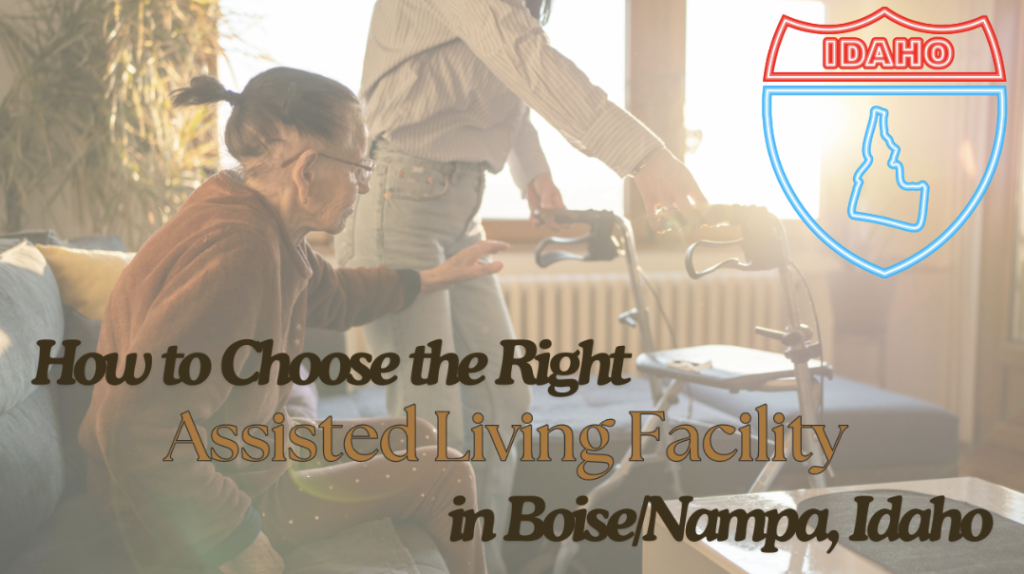Assisted living provides seniors a safe, supportive environment where they can live independently while getting help with daily tasks like meals, medication management, and personal care. It’s the perfect balance of freedom and support, benefiting the elderly and giving their families peace of mind.
One of the biggest concerns when choosing assisted living is cost. Understanding the financial side of things is crucial, including upfront fees, monthly rates, and any extra charges for specialized care or services. By planning ahead, families can ensure their loved ones get the care they need without unexpected financial surprises.
By examining the financial aspects and getting a clear picture of the costs, families can make informed decisions that meet their loved one’s needs and fit their own financial situation. This proactive approach helps ease budget worries and ensures a smooth transition into an assisted living community.
Understanding the Cost of Assisted Living
The cost of assisted living varies depending on where you live, the level of care provided, and the amenities offered. In Boise, Idaho, the average monthly cost can be as high as $6,000. This usually covers housing, meals, and basic personal care services, but additional services like specialized medical care, transportation, or activities might come with extra fees.
Base Costs: The base cost typically includes rent, utilities, meals, housekeeping, and basic personal care. To avoid surprises, ask for a detailed list of what’s covered in the base fee.
Additional Costs: When looking at assisted living in Nampa, ask about any potential extra charges. Some facilities use a tiered pricing system, where the cost depends on the level of care needed. For example, if your loved one needs help with medication, mobility, or memory care, these services may add to the standard fee. Knowing how these costs are determined can help you budget effectively and avoid unexpected expenses.
Other Fees: Many assisted living communities charge a one-time, non-refundable “new resident” fee ranging from $1,000 to $5,000. This fee usually covers administrative costs and initial assessments for new residents.
Factors Influencing Assisted Living Costs
Several factors influence the overall cost of assisted living in the Treasure Valley. Understanding these can help you make smart decisions:
- Location: The cost of assisted living in Boise, Nampa, or other areas in the Treasure Valley can vary. Urban centers or high-demand areas often charge more than rural locations.
- Level of Care: The cost increases based on the level of care required. This might include help with daily activities, medication management, or specialized care for conditions like dementia.
- Amenities: High-end facilities with private rooms, fitness centers, pools, and social programs will cost more than basic facilities that provide standard services.
- Room Type: Private rooms may cost more than shared ones, but choosing the right room type is essential for your loved one’s comfort and well-being.
How to Plan for Assisted Living Costs
Proper financial planning can ease the burden of paying for assisted living. Here are some steps to help you prepare:
- Assess Your Financial Situation: Start by examining your current financial situation. Consider all income sources, such as pensions, Social Security, and retirement savings. Knowing what’s available can help you determine how much you can afford for assisted living.
- Explore Funding Options: There are several ways to cover assisted living costs in Nampa or Boise. You can use savings, retirement accounts, or other financial assets. If your loved one has long-term care insurance, check the policy to see what’s covered. Veterans and their spouses might qualify for financial support through VA Aid and Attendance Benefits. In Idaho, Medicaid may cover assisted living costs, but it’s important to understand its limitations.
- Consider Financial Planning Tools: Working with a financial planner specializing in elderly care can offer valuable advice tailored to seniors’ needs. They can help you explore options like life insurance with long-term care riders or annuities that provide steady income during retirement.
- Create a Budget: Once you’ve assessed your finances, create a clear budget that outlines the expected costs of assisted living and how you plan to pay for them. This budget should include basic costs like housing and amenities and extra fees for specialized care services. It’s also wise to set aside a contingency fund for unexpected expenses.
- Plan for the Future: Care costs may rise over time due to inflation or increased care needs. Planning for these potential increases is crucial to ensuring your loved one continues to receive the care they need without financial strain. Regularly review and update your financial plan to account for these changes and maintain financial stability.
Conclusion
Navigating assisted living costs can be challenging, but with the right information and planning, you can make informed decisions that ensure your loved one’s comfort and care. Understanding what influences costs and exploring different funding options will help you create a financial plan that meets your family’s needs and provides peace of mind. At BeeWell Assisted Living, we’re committed to offering top-quality care and guiding you through these important financial decisions.
Ready to take the next step?
To help you navigate the financial aspects of assisted living, we offer a comprehensive Financial Planning Guide. This resource provides the information you need to plan for your loved one’s future. Download our Financial Planning Guide today and take the first step towards securing the best care for your family member at BeeWell Assisted Living.


